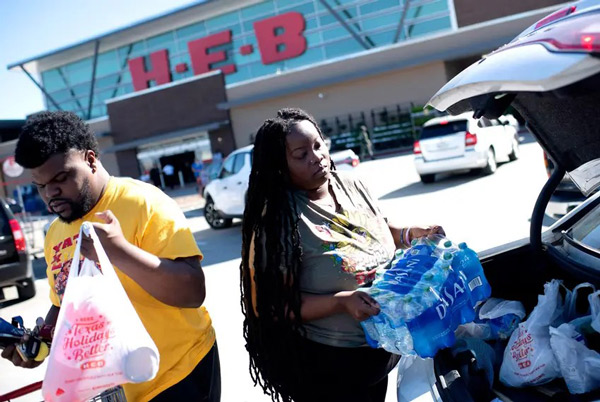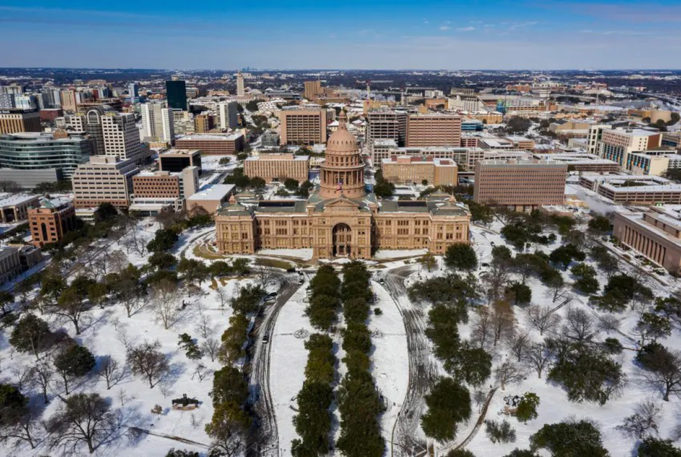Natural disasters like winter storms and hurricanes can create life-threatening situations for Texans. These types of disasters can be devastating and can hit at any time.
As climate change continues to affect weather patterns across the world, scientists and forecasters say extreme weather is becoming more severe, ushering in stronger hurricanes and more extreme droughts, wildfires, and other weather events in Texas.
The state is already experiencing more days of dangerous heat, rising sea levels along the Texas Gulf Coast, and water scarcity.
Here’s a guide on how to prepare for a disaster, including hurricanes, extreme heat, wildfires, and droughts. It was compiled with information from the American Red Cross, the Federal Emergency Management Agency, the U.S. Department of Homeland Security, the Texas Division of Emergency Management, and more. For additional information, visit their websites.
Be Prepared
Following a natural disaster, you may be without access to electricity, gas, roads, grocery stores, and more. Building a disaster supplies kit can ensure you have the necessities.
A basic disaster kit should include enough food, water, and first aid supplies to last several days. During emergencies like hurricanes and winter storms, it may be necessary to have enough supplies to last up to two weeks.
The American Red Cross recommends you have the following basic supplies in your kit:
- Water: one gallon per person, per day
- Non-perishable food like canned or dry foods
- Flashlight
- Battery-powered or hand-crank radio
- Extra batteries
- First-aid kit
- Prescription medications and medical items
- Multipurpose tool that includes a screwdriver, a knife, and pliers
- Sanitation and personal hygiene items such as wet wipes
- Copies of personal documents like medication lists, medical information, proof of address, deed/lease to home, passports, birth certificates, and insurance policies
- Cell phone with chargers and/or a portable battery bank
- Family and emergency contact information
- Extra cash
- Sleeping bag or warm blanket
- Maps of your area
You should also consider whether you need to include supplies for children, pets, or those who may have additional medical needs.
Some additional items you may think about including in your disaster kit are:
- Whistle to signal for help
- Duct tape
- Baby supplies such as bottles, formula, and diapers
- Dust mask or face mask
- Manual can opener
- Soap and hand sanitizer
- Over-the-counter medications
- Contact solution
- Matches in a waterproof container
- Rain gear
- Towels
- Pet food
- Gel chafing fuel or a Bunsen burner to heat food
- Bug spray
- Cash in case of power outages
Every year, while 2024’s has just passed, Texas offers a tax-free weekend for emergency supplies. Texas residents can also apply for the state’s Weatherization Assistance Program, designed to help low-income families insulate their homes and reduce energy cost burdens. Weatherstripping your home and updating cooling and heating systems can help prepare you for extreme heat or winter weather.
A version of this story originally appeared in The Texas Tribune.

Mark Felix for The Texas Tribune












